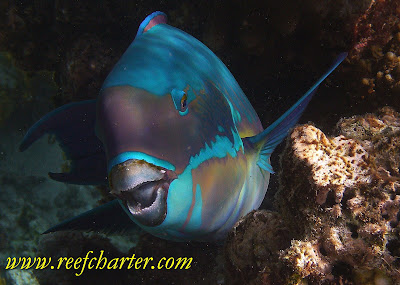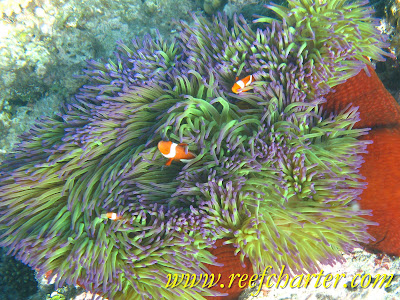
The unsung hero of the reef are the algaes. They provide food for the many herbivores on the reef providing the foundation of most marine food chains. In todays’ world one of their most important roles is turning carbon dioxide into oxygen and food. As you can see, protecting the reef helps protect our oxygen supplies.
Large algae may also provide homes for a wide variety of small organisms. The algae above is known as turtle weed and is found on the Great Barrier Reef. It can be found from 5 m to about 20 metres deep. Turtle weed is popular in home aquariums also, playing its’ part in the removal of nitrates and converting CO2 to oxygen.
Large algae may also provide homes for a wide variety of small organisms. The algae above is known as turtle weed and is found on the Great Barrier Reef. It can be found from 5 m to about 20 metres deep. Turtle weed is popular in home aquariums also, playing its’ part in the removal of nitrates and converting CO2 to oxygen.



